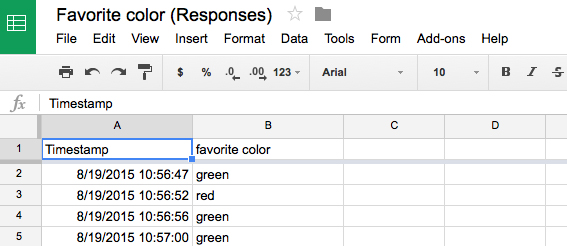Here are some tips for IVV development. If you have other sources and ideas, please send them to us in the comments section below and we will add them to this page.
Video resources (look here for inspiration, but be careful to comply with copyright protocol)
- Direct Measure Video (DMV): Short, high-quality videos of real events that allow students to easily explore physical phenomena. Many of the videos are paired with classroom-ready activities that integrate videos into the introductory mechanics curriculum. Note: DMV video clips are offered under the Creative Commons Attribution Non-Commercial Share-Alike license, which allows for reuse of materials on the site as long as attribution is given to the original author. Derivative works are offered up in a similarly free manner (e.g., the material isn’t used for a commercial purpose). For mor DMV copyright info, click here.
- Veritasium: A channel of science and engineering videos featuring experiments, expert interviews, cool demos, and discussions with the public about everything science. The ability to use these and other videos on YouTube for your own use depends on which video you are interested in. To be safe, we advise that you message the individual who posted the content before using it.
Google Forms: Consider embedding a Google form in your IVV. Google Forms is a very powerful tool that will allow you to embed your questions in a page using the Vignette Studio software. When you are done creating your form:
1. Click “Send form”
2. Then click “Embed” to get the HTML embed code
Google Forms will automatically generate a spreadsheet of responses in real time for your perusal (see example below).
Feedback loops: Consider building in different pathways that lead students in different directions, depending on what predictions they make.











